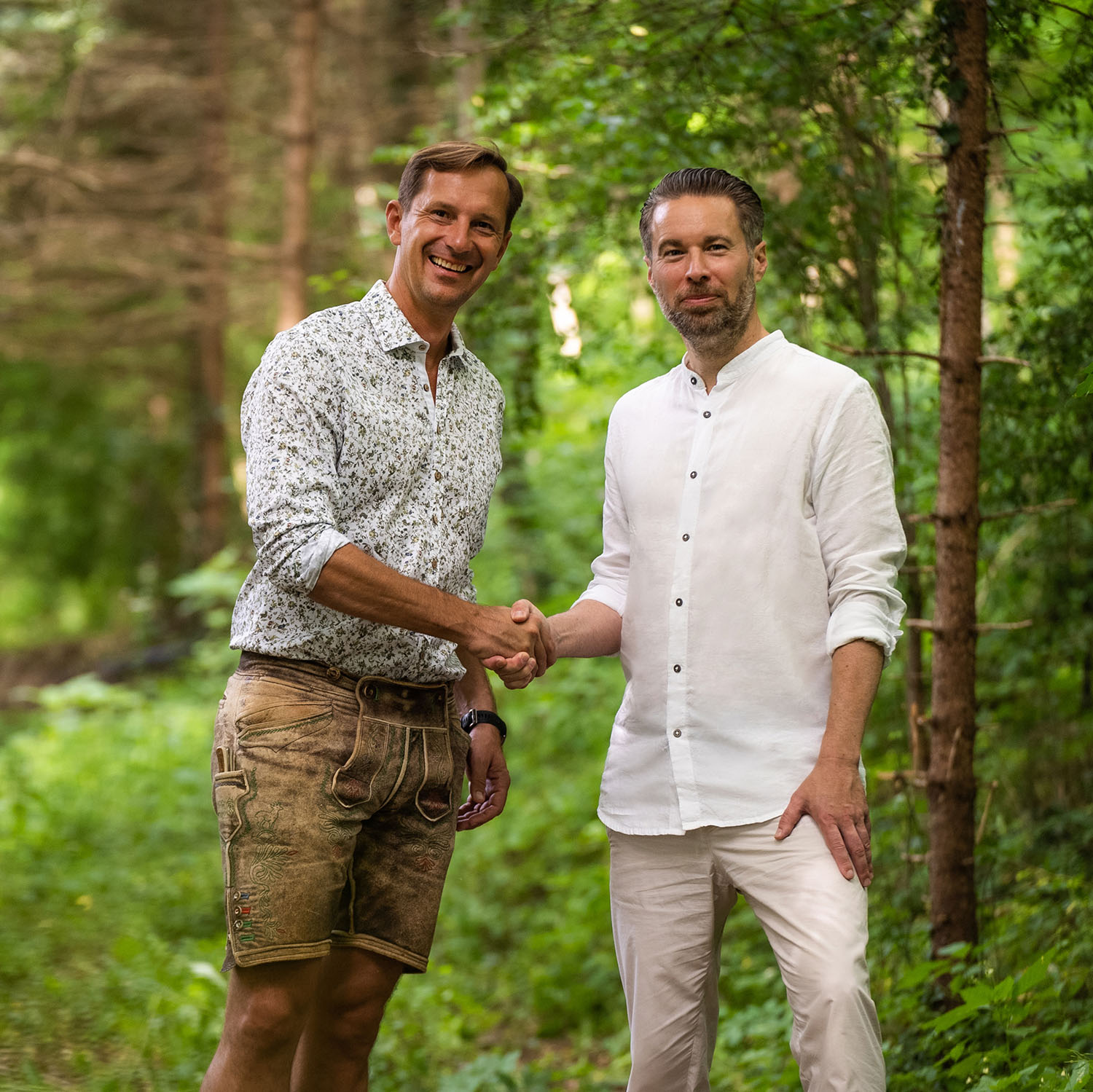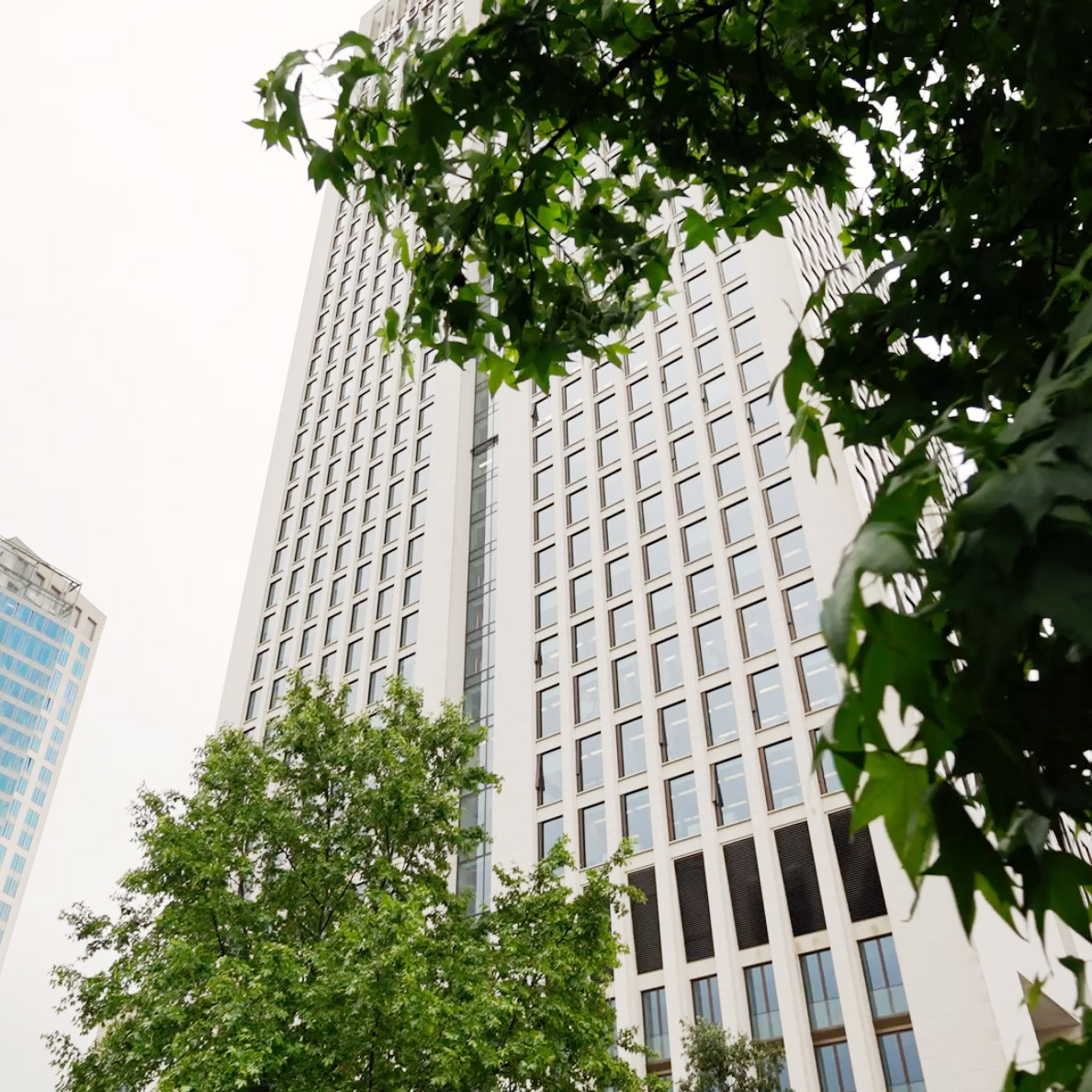Combining nature and the economy in an ecologically and economically sensible way
We are creating new economic value through the digitalization of sustainability and the tokenization of projects, enabling certified investments based on the EU taxonomy and the UN’s ESG goals. The first project in Austria is the cooperation with the private climate protection initiative “Gsundes Land” and the conservation and renaturation of an ecosystem of around 470 hectares with around 16 hectares of moorland.
The promise – the care, conservation and management of a large-scale ecosystem including a moor in the Pyhrn-Priel region in Upper Austria.
Innovative investment opportunities for companies
Together with the climate protection initiative “Gsundes Land”, Green Encoded is now also active in Austria for the first time. Specifically, the project involves the maintenance, conservation and management of a large-scale ecosystem including a moor in the Pyhrn-Priel region of Upper Austria. The project measures are digitized and tokenized, creating innovative investment opportunities for companies that want to promote and support sustainability in an economically viable way. As part of the European Green Deal, Othmar Karas, First Vice-President of the EU Parliament, was also informed about this forward-looking cooperation.
The cooperation connects something original with the virtual digital world and thus preserves it.
Peatlands are world champions in climate protection
The 470 hectares in the Pyhrn-Priel region are a heterogeneous mosaic of vegetation areas that encompass everything that this unique ecosystem needs and is made up of: forests, meadows, streams, rivers and moors. Conservation and renaturation is a scientifically monitored process that will take at least 3 to 5 years. Why is this important? Peatlands are world champions in climate protection because they can store carbon in the long term. Only 3% of the earth is covered by peatlands, but these 3% store 30% of terrestrial carbon. This means that peatlands store more carbon than all the world’s forests put together.
More news: Sustainability needs strong partnerships.


